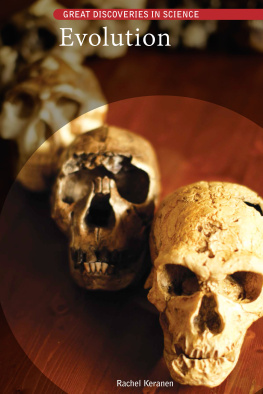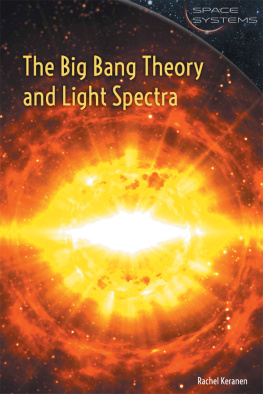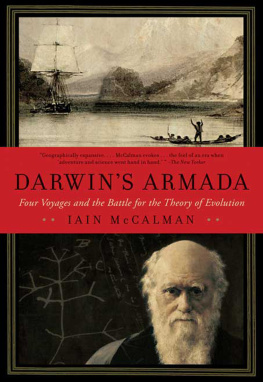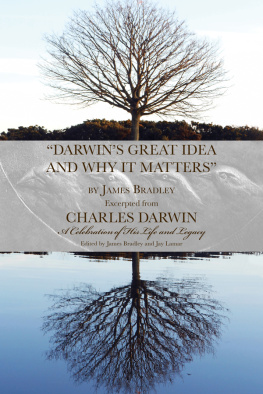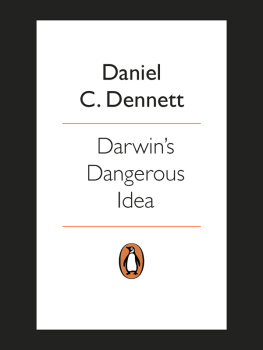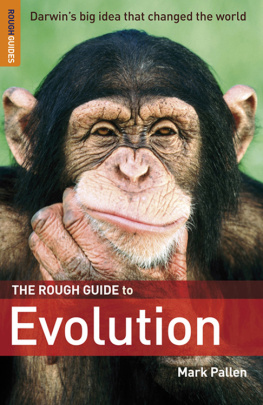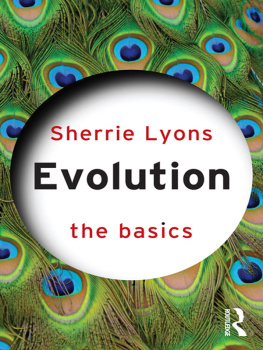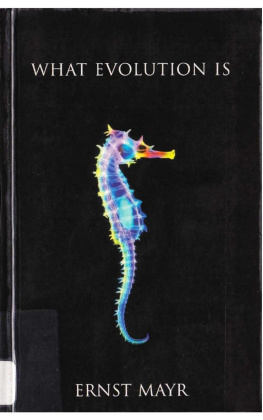Published in 2017 by Cavendish Square Publishing, LLC 243 5th Avenue, Suite 136, New York, NY 10016
Copyright 2017 by Cavendish Square Publishing, LLC
First Edition
No part of this publication may be reproduced, stored in a retrieval system, or transmitted in any form or by any means electronic, mechanical, photocopying, recording, or otherwisewithout the prior permission of the copyright owner. Request for permission should be addressed to Permissions, Cavendish Square Publishing, 243 5th Avenue, Suite 136, New York, NY 10016. Tel (877) 980-4450; fax (877) 980-4454.
Website: cavendishsq.com
This publication represents the opinions and views of the author based on his or her personal experience, knowledge, and research. The information in this book serves as a general guide only. The author and publisher have used their best efforts in preparing this book and disclaim liability rising directly or indirectly from the use and application of this book.
CPSIA Compliance Information: Batch #CS16CSQ All websites were available and accurate when this book was sent to press.
Library of Congress Cataloging-in-Publication Data
Names: Keranen, Rachel, author.
Title: Evolution / Rachel Keranen.
Description: New York : Cavendish Square Publishing, [2017] | Series: Great discoveries in science | Includes bibliographical references and index. Identifiers: LCCN 2016003474 (print) | LCCN 2016012367 (ebook) | ISBN 9781502619518 (library bound) | ISBN 9781502619525 (ebook) Subjects: LCSH: Evolution (Biology)Juvenile literature. | Evolution (Biology)HistoryJuvenile literature. | Discoveries in scienceJuvenile literature.
Classification: LCC QH 367.1 .K47 2017 (print) | LCC QH 367.1 (ebook) | DDC 576.8/2--dc23
LC record available at http://lccn.loc.gov/2016003474
Editorial Director: David McNamara Editor: Caitlyn Paley Copy Editor: Michele Suchomel-Casey Art Director: Jeffrey Talbot Designer: Joseph Macri Senior Production Manager: Karol Szymczuk Photo Research: J8 Media
The photographs in this book are used by permission and through the courtesy of: UrbanZone/Alamy Stock Photography, cover; John Cancalosi/Oxford Scientific/ Getty Images, 4; Jastrow (2006) Ludovisi Collection, National Museum of Rome, Palazzo Altemps/File: Aristotle Altemps Inv8575.jpg/Wikimedia Commons, 8; Oxford Science Archive/Print Collector/Getty Images, 12; Science Source, 13, 20; Ann Ronan Pictures/Print Collector/Getty Images, 15, 67; Helen H. Richardson/ The Denver Post via Getty Images, 26-27; Diego de Valades/ https://archive.org/details/rhetoricachristi00vala/File : The Great Chain of Being (1579).jpg/ Wikimedia Commons, 31; Stock Montage/Getty Images, 37; silentwings/Shutterstock.com, 39; Wellcome Library, London/File: Thomas Robert Malthus Wellcome L0069030. jpg/Wikimedia Commons, 43; John G. Murdoch (publisher) (died 1902); possibly created by Elliott &Fry, possibly 1874/Robert Ashby Collection/File: Darwin -John G Murdoch Portrait restored.jpg/Wikimedia Commons, 46; Robert Taylor Pritchett (1828-1907)/University of Washington/File: FMIB 47233 HMS Beagle in Straits of Magellan Mt Sarmiento in the Distance.jpeg/Wikimedia Commons, 50; Jesse Allen/NASA Earth Observatory ( http://earthobservatory.nasa.gov/IOTD/ view.php?id=38963) File: Fogo, Cape Verde Islands.jpg/Wikimedia Commons, 51; Science Source/Getty Images, 57; Biophoto Associates/Science Source/Getty Images, 58; Stephen Dalton/Minden Pictures/Getty Images, 60; BY JOHN GOULD (14.Sep.1804 - 3.Feb.1881) (Ubersicht uber die Bilder: http://darwin-online . org.uk/graphics/Zoology_Illustrations.html)/Darwin, C. R. ed. 1839. Birds Part 3 No. 4 of The zoology of the voyage of H.M.S. Beagle. by John Gould. Edited and superintended by Charles Darwin. London: Smith Elder and Co. ( http://darwinonline.org.uk/content/frameset?viewtype=text&itemID=F8.11&pageseq=15 ) /File: Cactornis scandens1.jpg/Wikimedia Commons, 62; Mariana Ruiz LadyofHats/ https://commons.wikimedia.org/wiki/Gregor_Mendel#/media/File : Mendel_sev-en_characters.svg/File: Mendels peas.png /Wikimedia Commons, 72; Spencer Sutton/Science Source/Getty Images, 75; LAGUNA DESIGN/Science Photo Library/ Getty Images, 78; FRANCIS LEROY, BIOCOSMOS/Science Photo Library/Getty Images, 80; Craig Hartley/Bloomberg via Getty Images, 84; Universal Images Group North America LLC/Alamy Stock Photo, 86; Designua/Shuttestock.com, 90; DEA PICTURE LIBRARY/De Agostini/Getty Images, 94; Science Picture Co/ Collection Mix: Subjects/Getty Images, 95; FloridaStock/Shutterstock.com, 103.


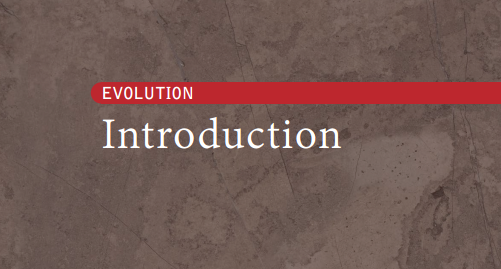
I think, at a childs birth, if a mother could ask a fairy godmother to endow it with the most useful gift, that gift would be curiosity.
Eleanor Roosevelt
H umans are a curious species. Our curiosity drives us to ask questions and explore the world and universe around us in search of answers. As a result of that curiosity, our species has amassed an enormous amount of collective knowledge, including how to reach outer space and the inner composition of the earth.
One of the most constant objects of curiosity has been the origins of life. How did we get here? How did life begin? How are all of the diverse species we see related?
These questions occupied the minds of the astronomers, physicists, and naturalists of the Scientific Revolution, a period that started as the Middle Ages ended. As scientists studied the earth, they found evidence of an ancient planet that held the remnants of life from millions of years ago. During voyages across the globe they found new plants and animals unlike anything they had ever seen. In the sky, scientists discovered a great and complex universe ruled by laws of physics.
Simultaneously, technological advancements were underway that aided scientists in their discoveries. Telescopes were invented and refined to allow greater studies of the form and movement of celestial bodies. Microscopes were developed, which allowed scientists to discover the existence of cells and, eventually, the minute particles within them. The scientific method flourished, and scientists became increasingly focused on observation-based, testable methodologies.
As natural scientists encountered both living plants and animals as well as fossils from across the world, it became apparent that the species that existed many years ago looked different than the species we see today. Some looked similar and were clearly related. Other, more ancient fossils were unlike anything seen on earth today.
From these revelations came the theory of evolution, or the study of how species change over time. At first, some scientists denied that species could change. Soon, however, many different theories of evolution appeared in the natural sciences. Some of the first evolutionary theorists were unsuccessful in explaining how evolution works, such as Jean-Baptiste Lamarck, a French naturalist. Others, namely English naturalist Charles Darwin, found phenomenal success. Darwin proposed the first widely accepted, comprehensive theory of evolution based on decades of observation. His most significant text,

